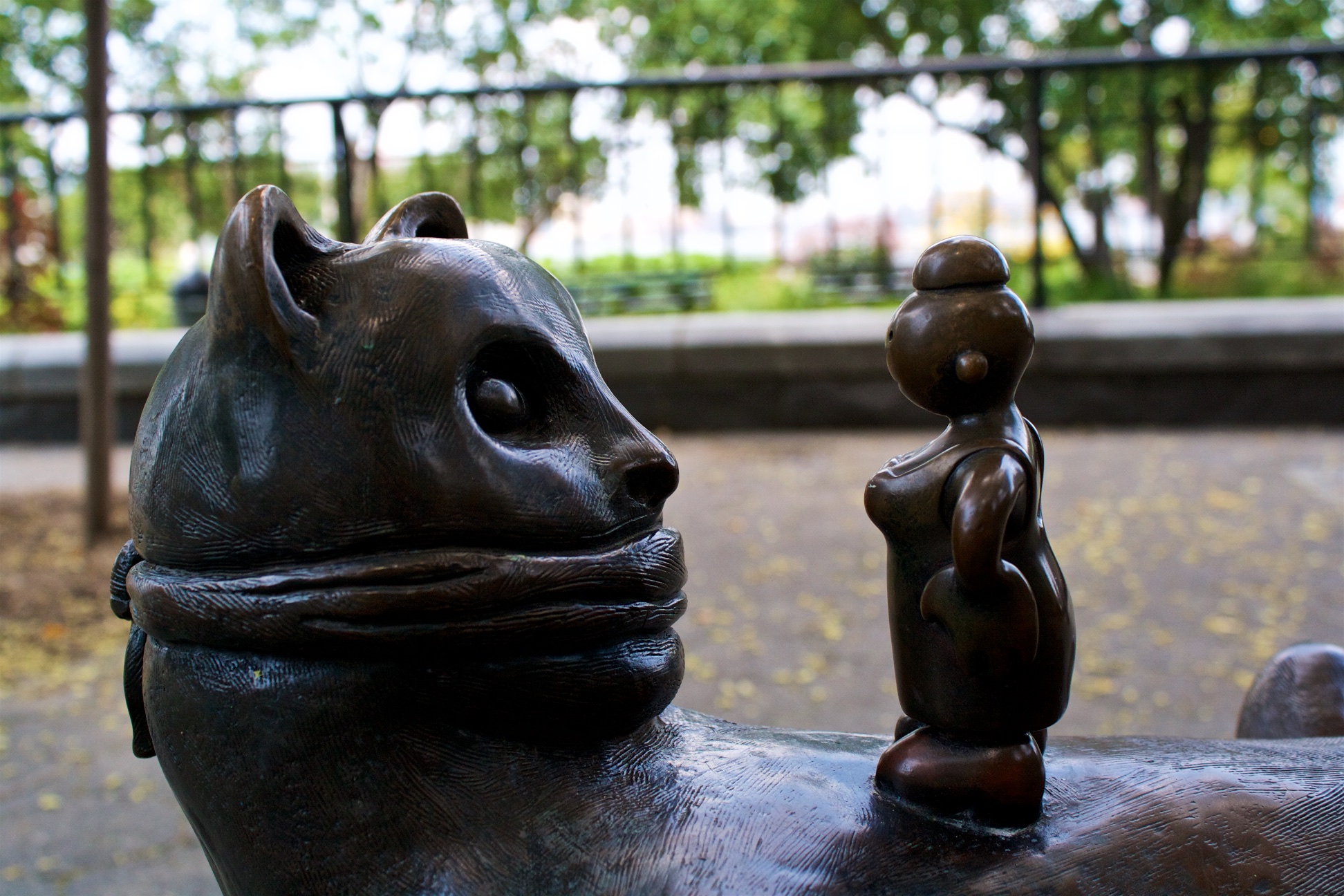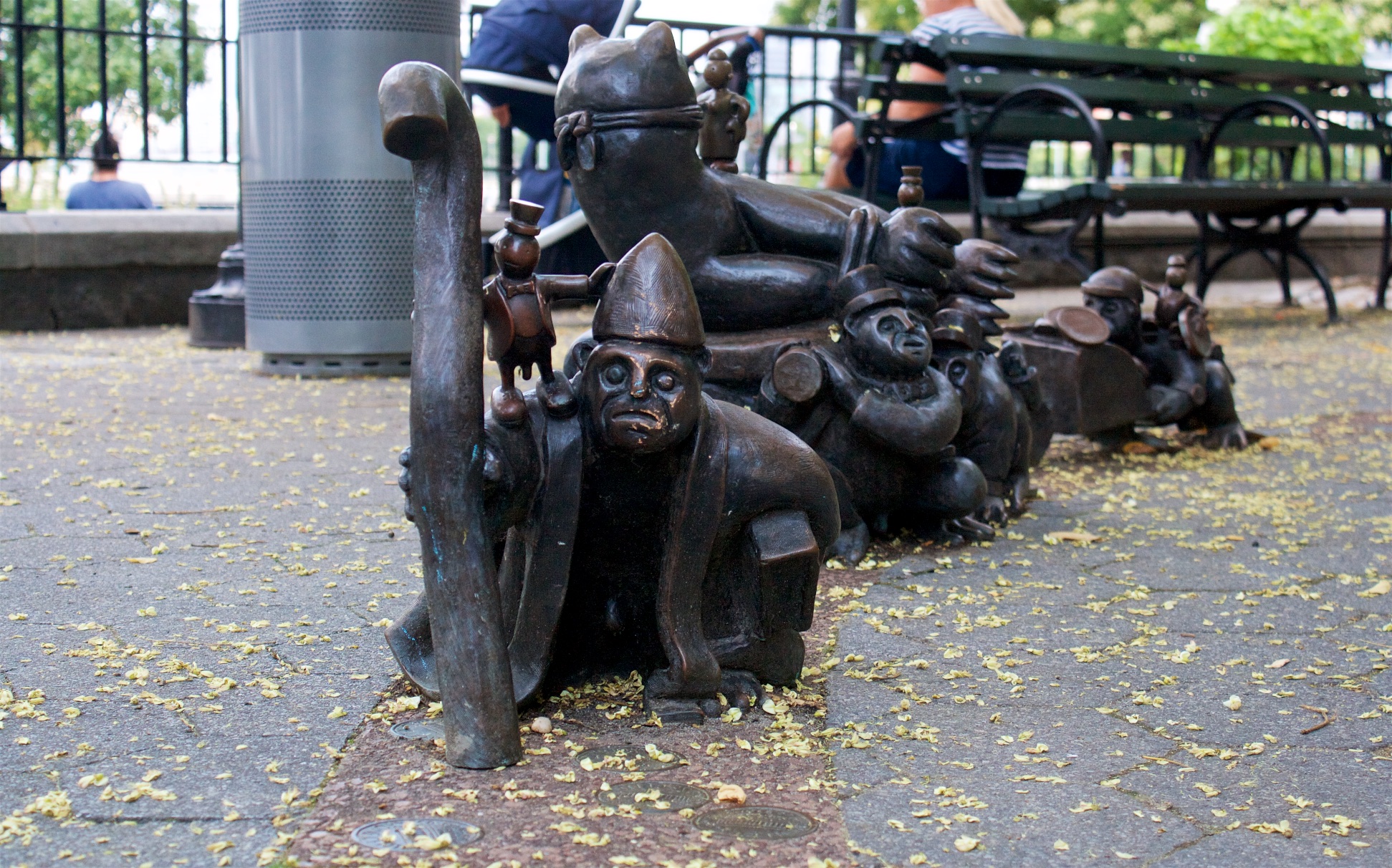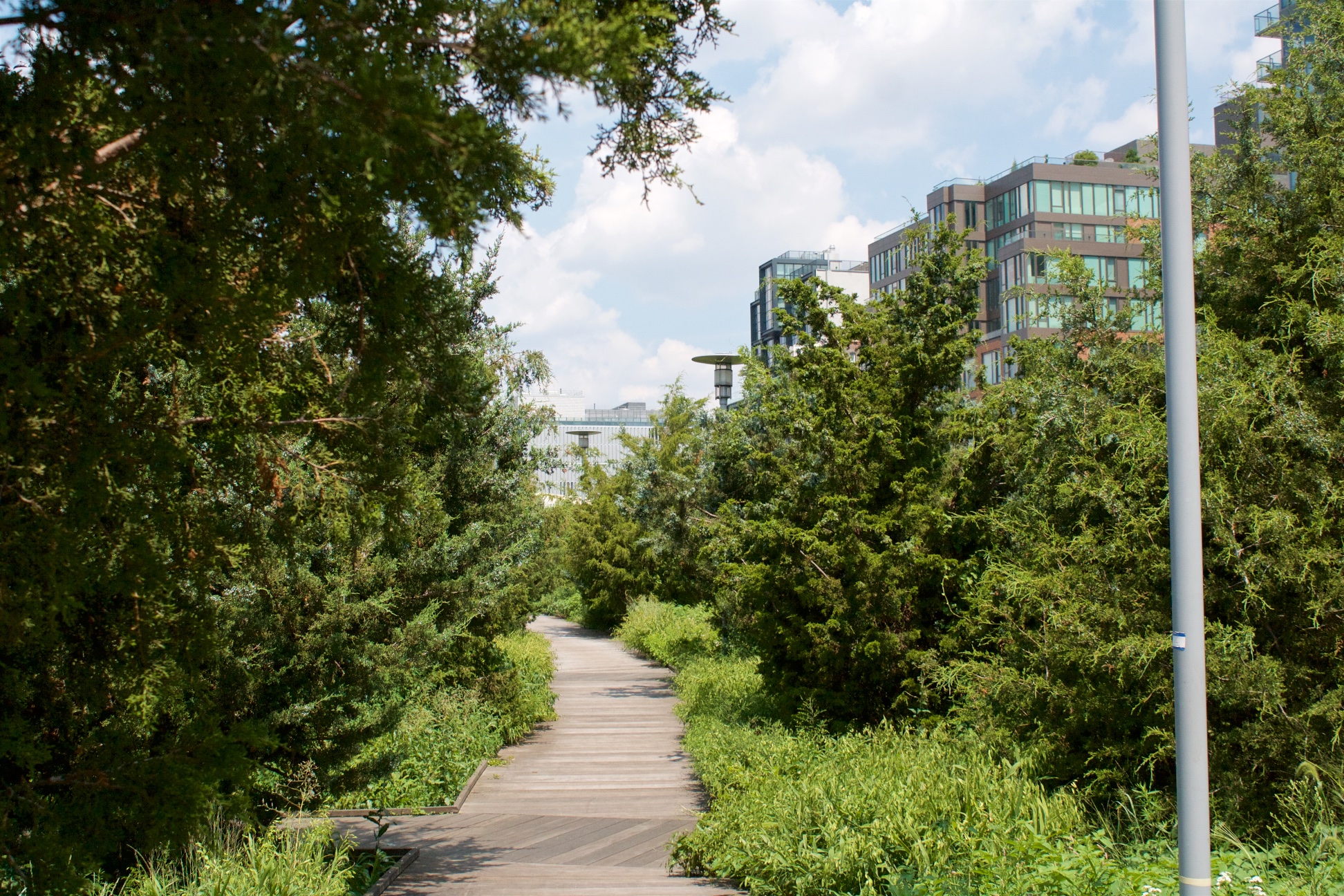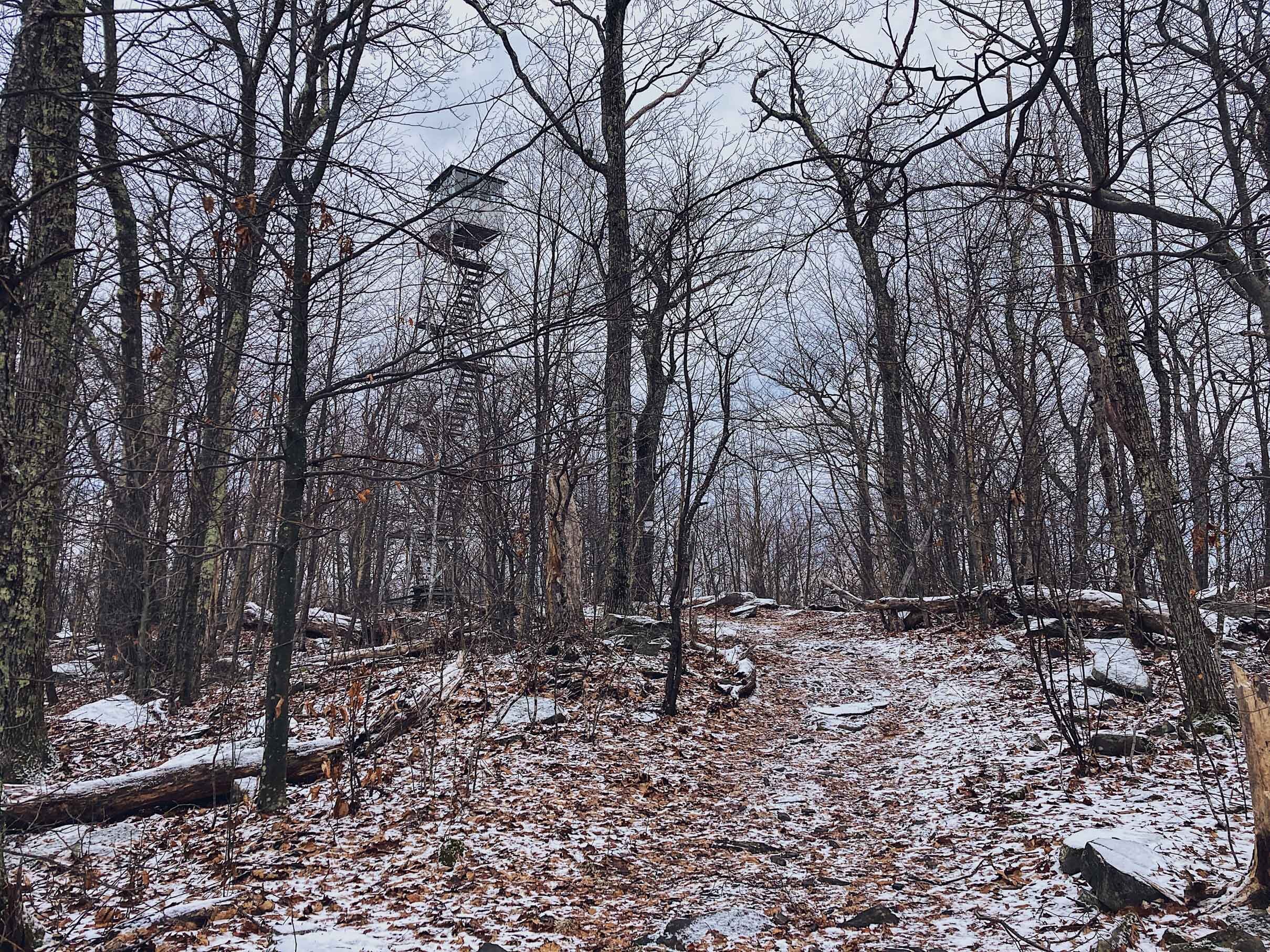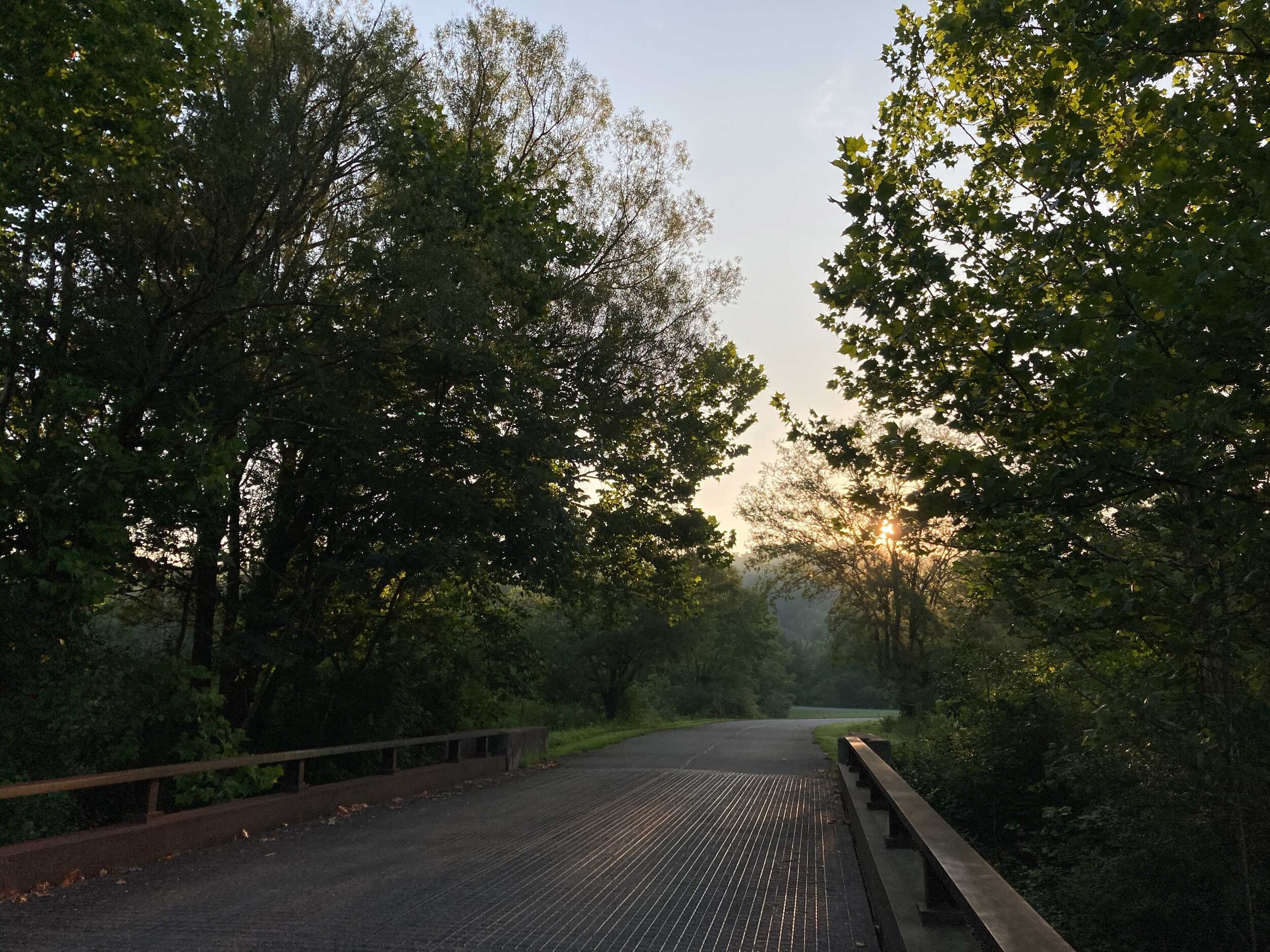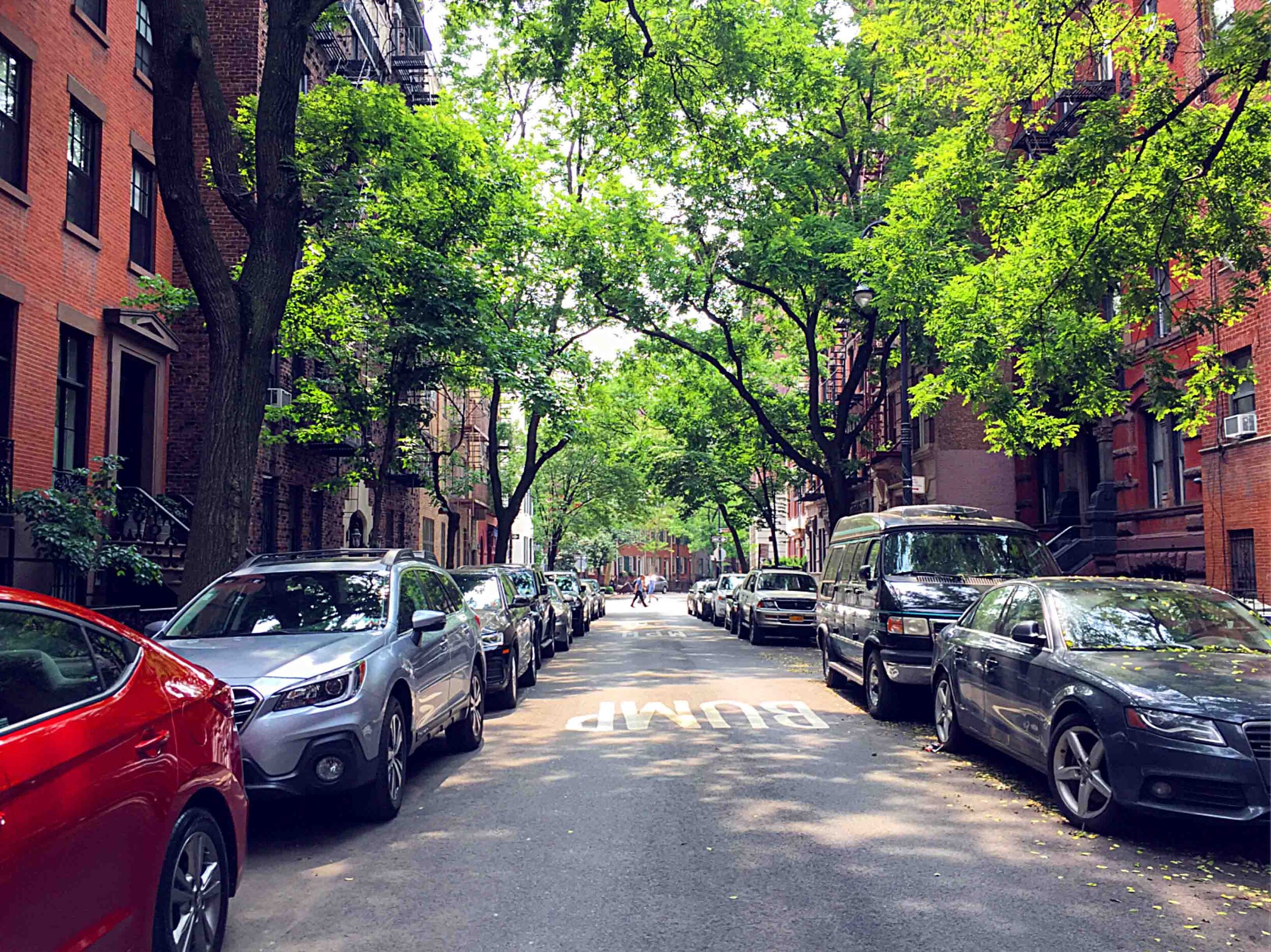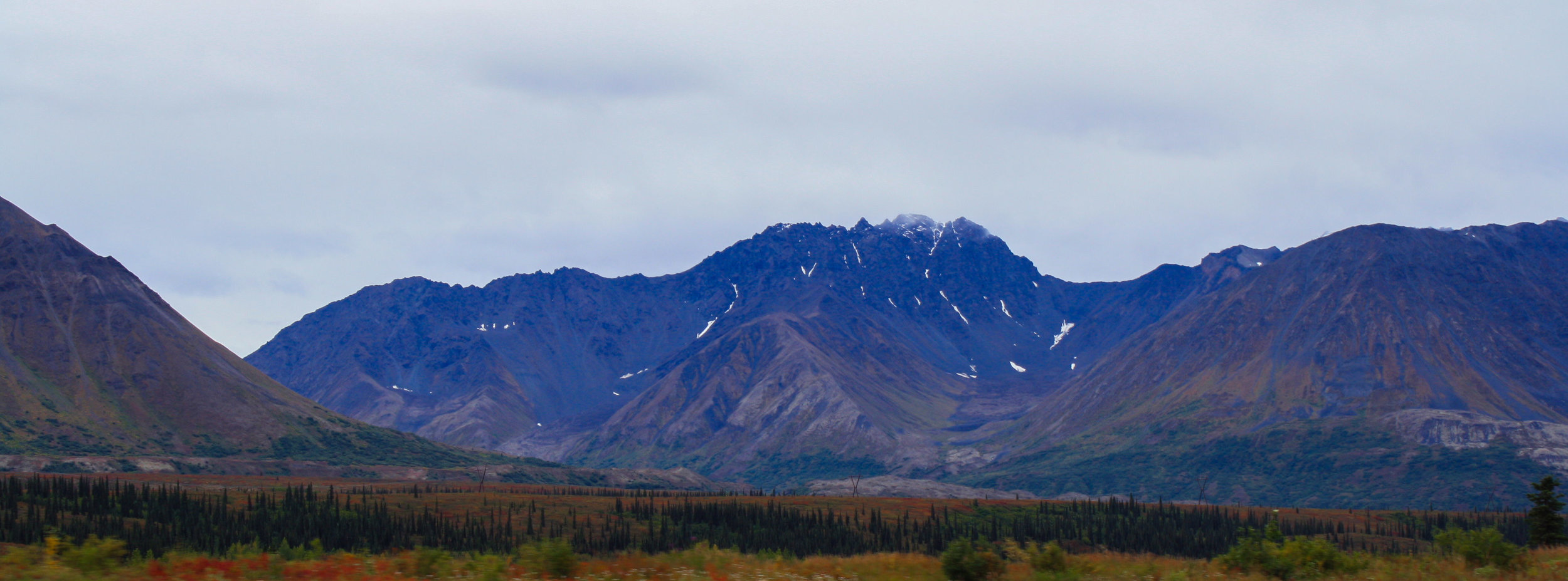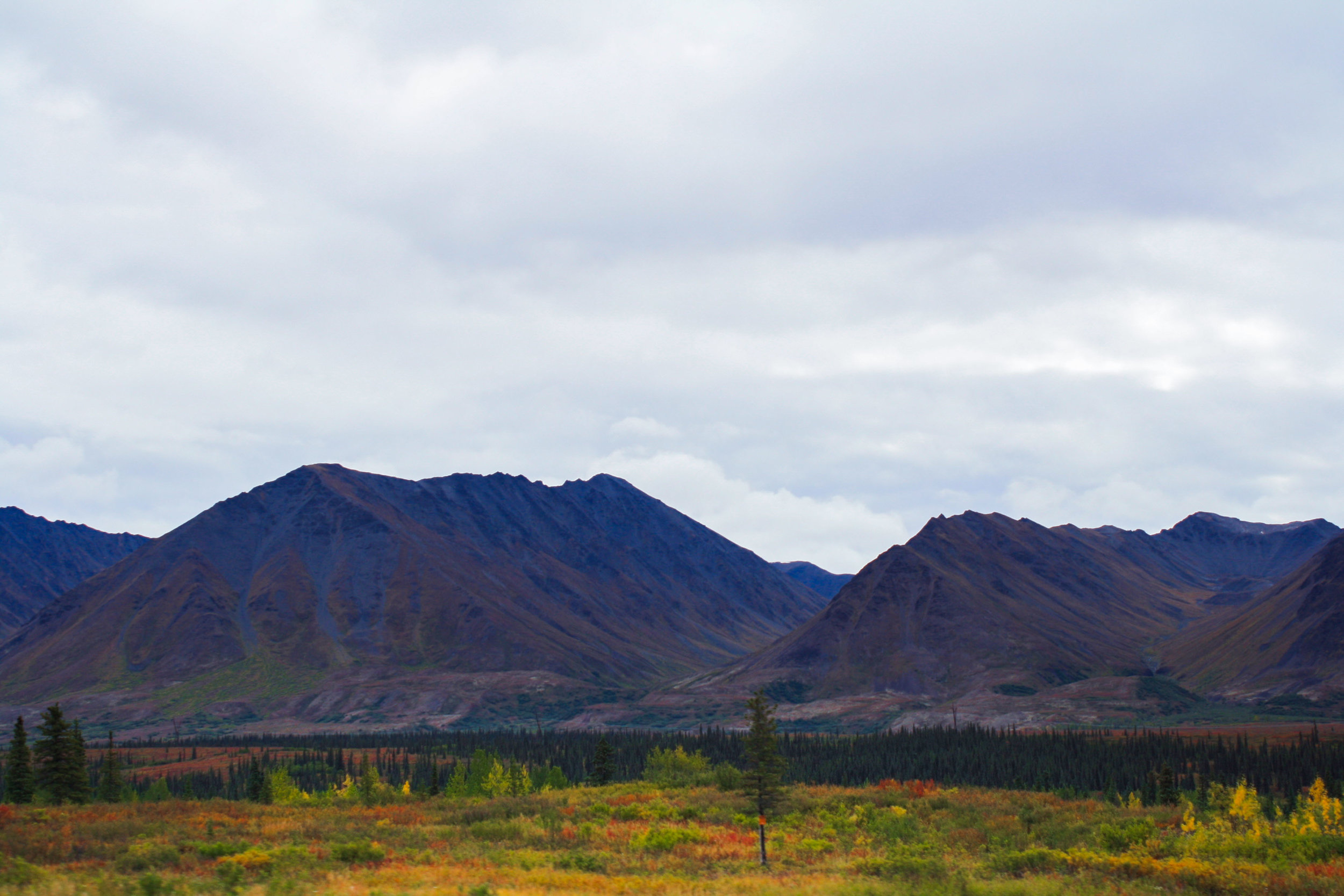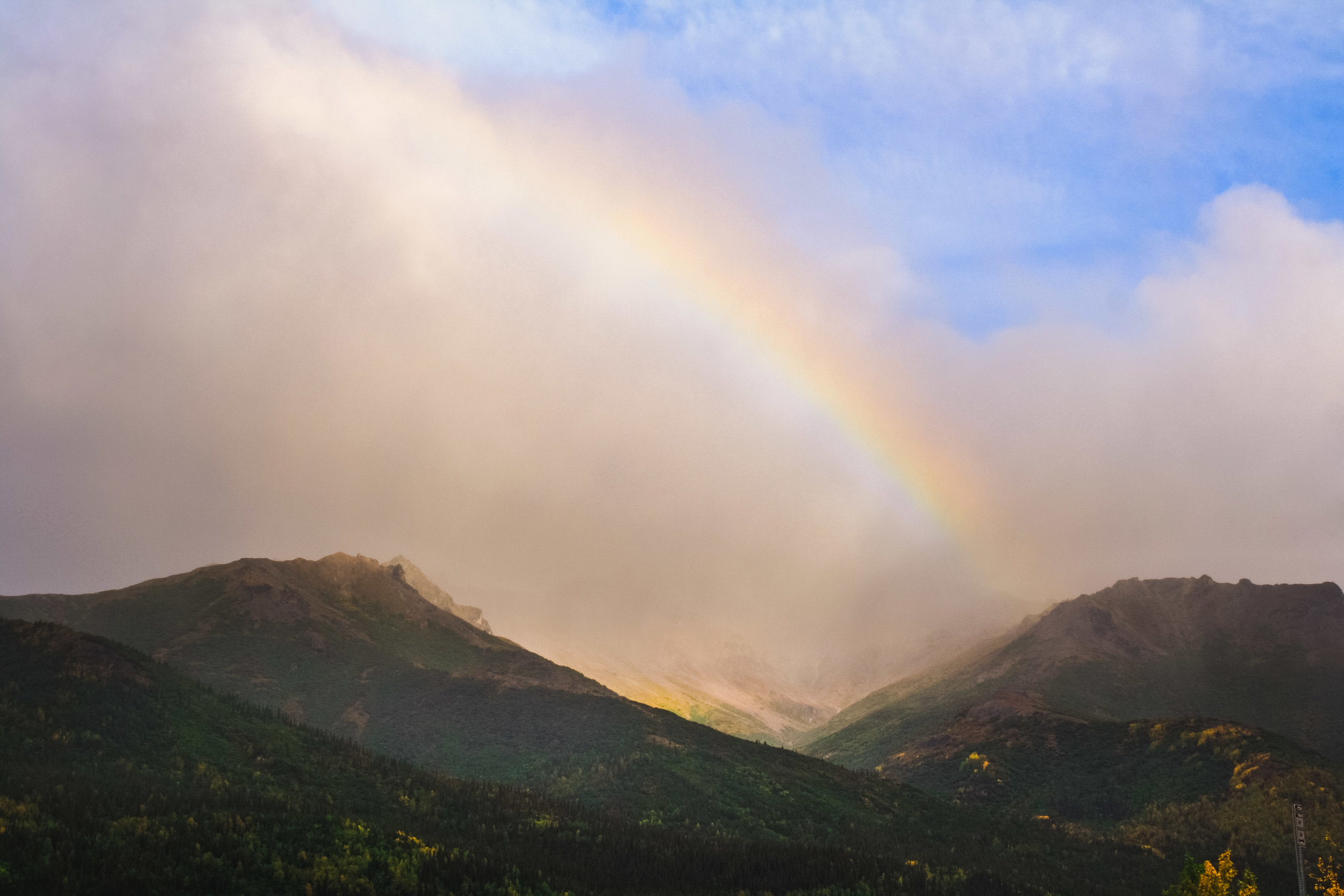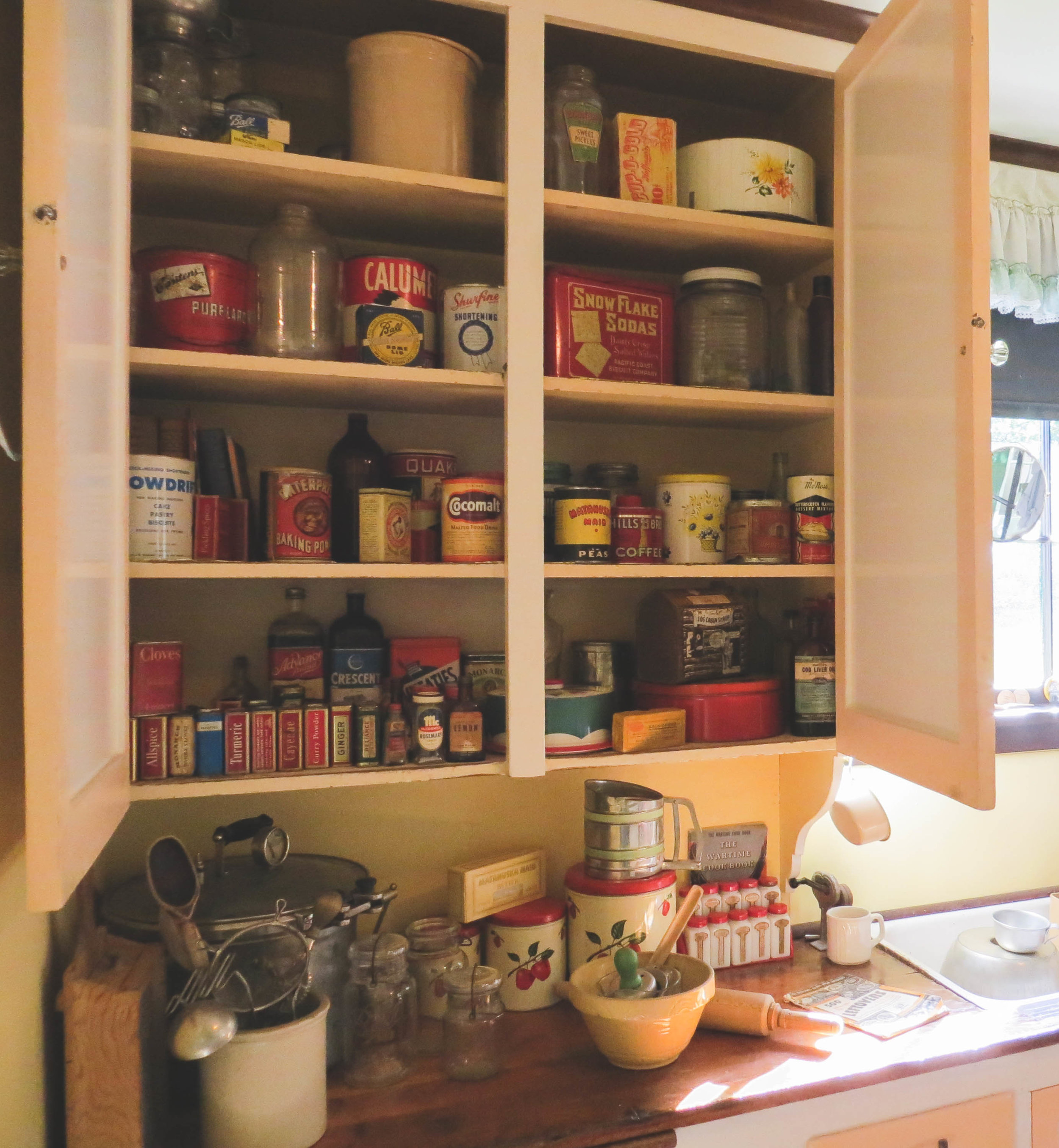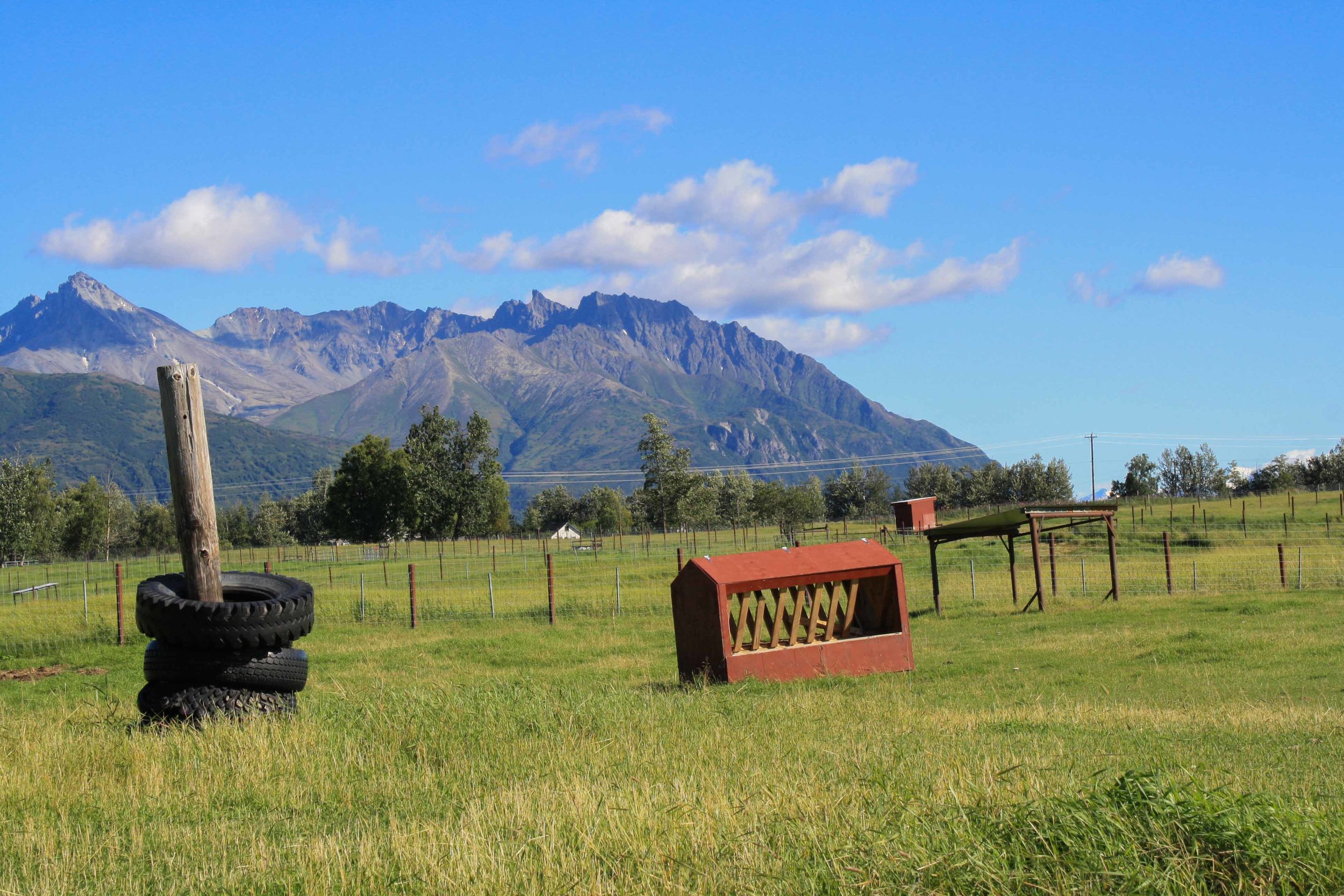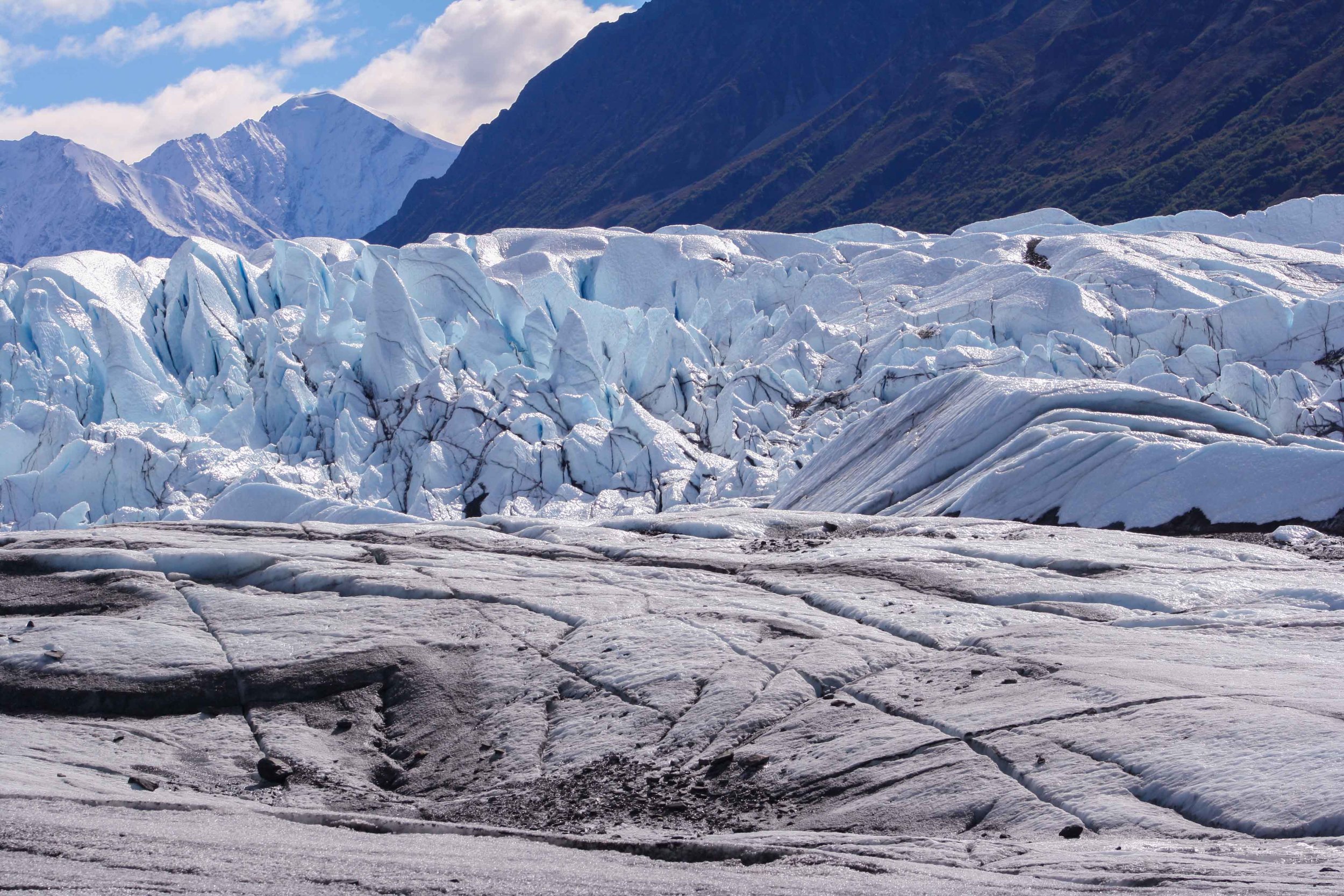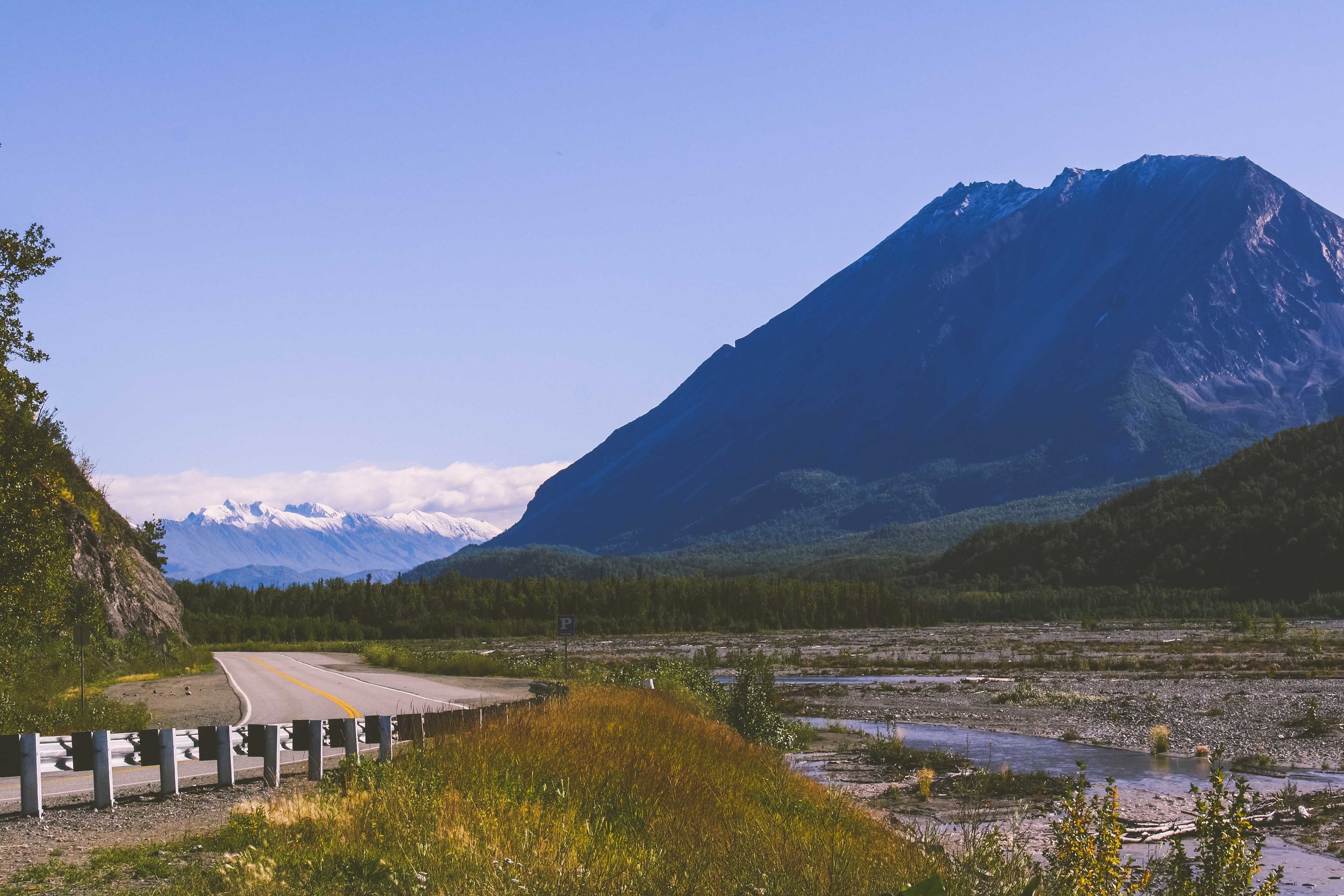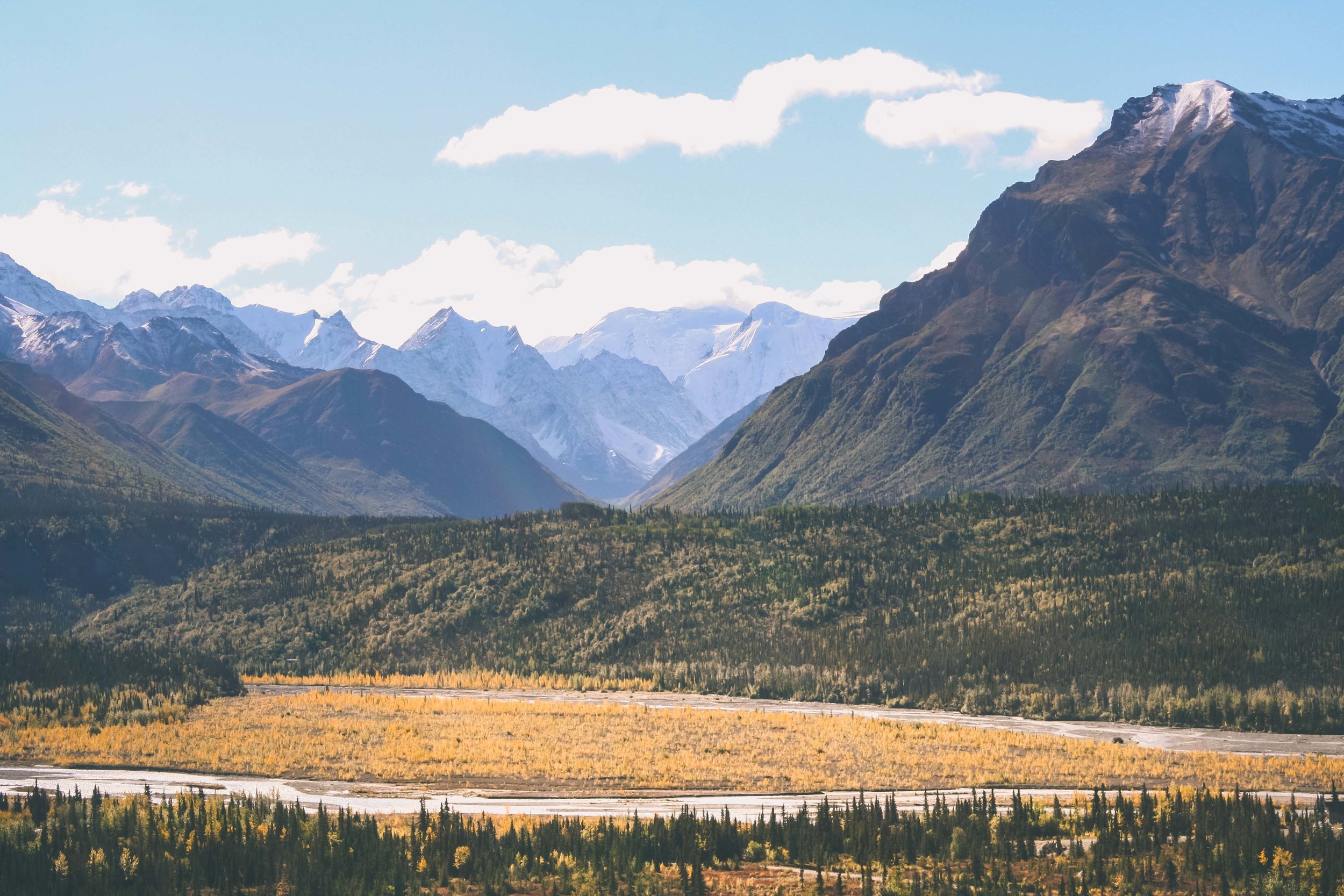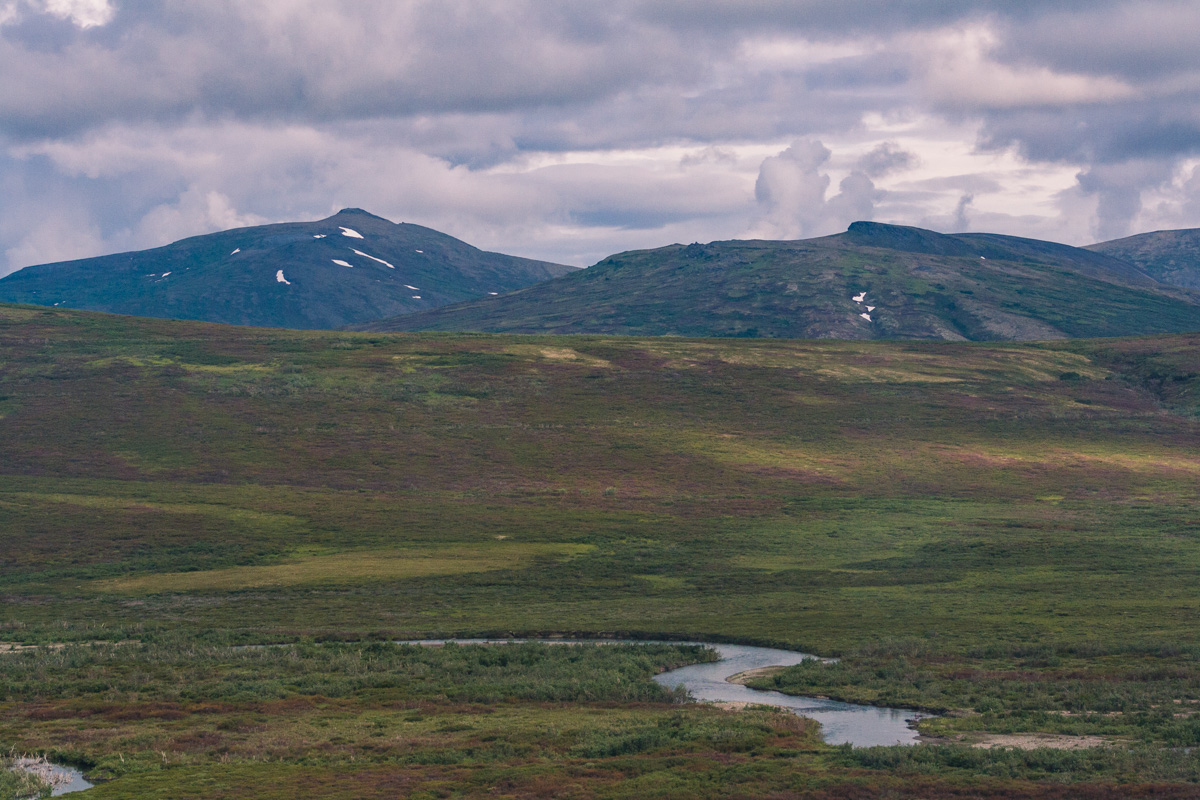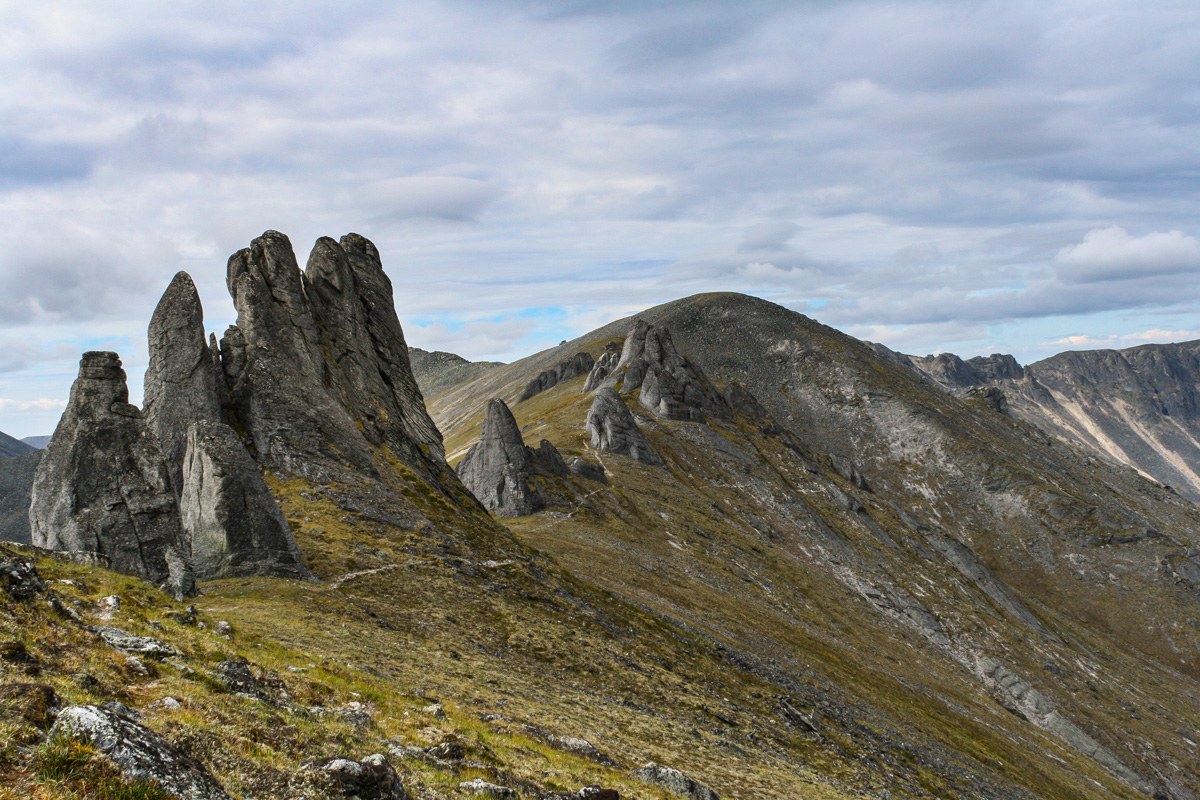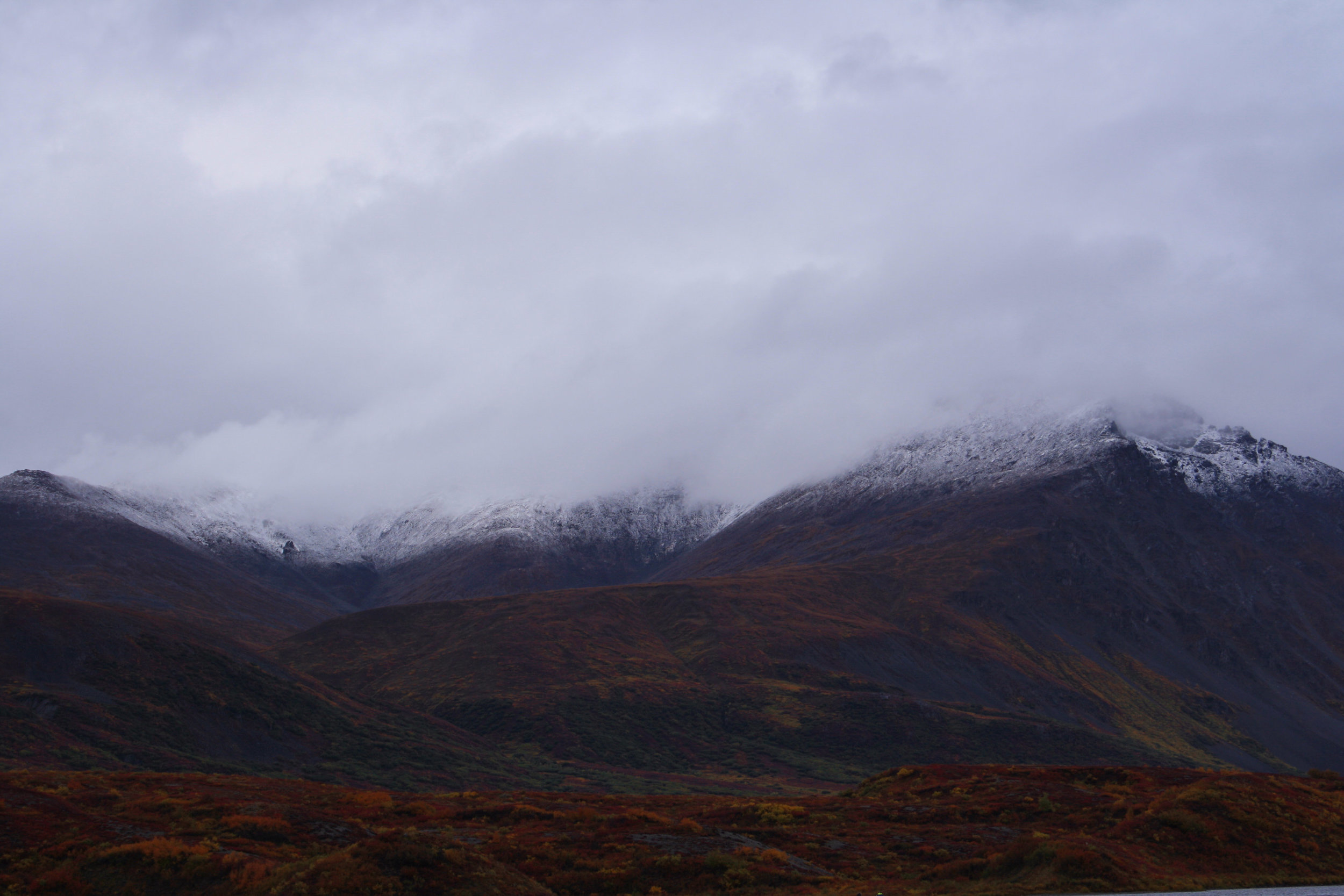Big City Life
Rockefeller Park and Bronze Statues
Today we have been promised really hot temperatures, and they have issued a heat advisory, with temperatures up to 95F, and the so called real feel up above 100 degrees F. I’m pretty sure we had days like this in Madison too, but maybe not as frequent. In Fairbanks and Alaska on the other hand, these things never happened. Instead we could hear about the air quality advisories on the radio while sipping coffee in the morning. Smoke from all wildfires which created this grey to yellow smoke that hovered over Fairbanks, sometimes for weeks, or air quality advisories in the wintertime because of pollutions that stayed atop the city for months. Now that I have lived here for a couple of weeks I am used to this heat (not true) and the heat advisories, or rather I know when to venture out and what to expect versus times when it's probably best to stay at home. One thing about New York that always surprise me when I do venture out, are all these small parks spread across the city, and all the trees and bushes you can see where you least expect it. The other day I took the train south, to Brooklyn Bridge. I got off, and followed Chambers Street towards the water on the west side of Manhattan. Once there I stumbled upon Rockefeller Park, that joins up with Hudson River Park if you continue north along the water(Hudson). The first thing I noticed was this large bronze statue to the left of the stairs leading down into the park. As I continued towards it, I suddenly saw all of these other bronze statues scattered across the area. Statues of creatures, people, bankers and robbers, laborers and pilgrims, predators and prey. If you ever find yourself in New York City, I would definitely recommend this park, to find some shadow and to relax and enjoy all these sculptures. New York is such a large city with so many tourists, but you can still come across areas like Rockefeller Park that is close to empty. I guess I can compare it to when people visit National Parks. Most people stay on the road, in the car, and hardly anyone actually get off the road, and if they do few people hike more than 1 mile from the road system, or the most popular places. If it is off the beaten path, fewer people go there.
Urban Parks and Urban Heat Islands
Did you know that woodlands are cooler than urban areas? And that city parks can be as much as 5 F cooler than surrounding areas during the day, and even cooler during the evening and night time? The concept of buildings being hotter than parks is often referred to as the Urban Heat Island. Dark non-reflective buildings absorb heat, and will re-release the heat throughout the day, making the surrounding area warmer. Vegetation cool the surrounding area through a process called evapotranspiration, and hence a park with moist soil and a lot of vegetation will have a cooling effect. Of course the urban heat island concept is more complex than comparing dark and non-reflective buildings to vegetation, but overall the outcome is cooler parks, compared to surrounding buildings, as you can see in the temperature and vegetation map of New York below, from NASA. So, think about the cooling effect next time you walk in a large city and encounter a park.
Views along Chambers Street, Rockefeller Park, and Hudson River Park:
Do you have a favorite park in the (any) city you always visit?





